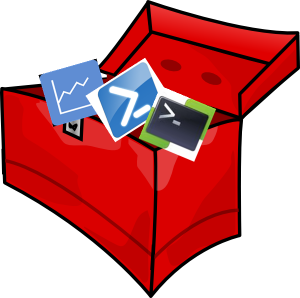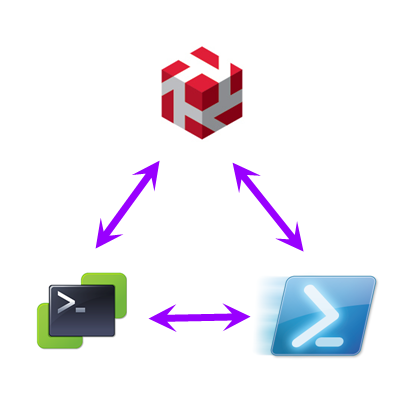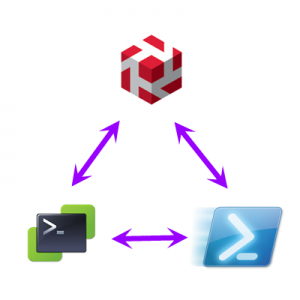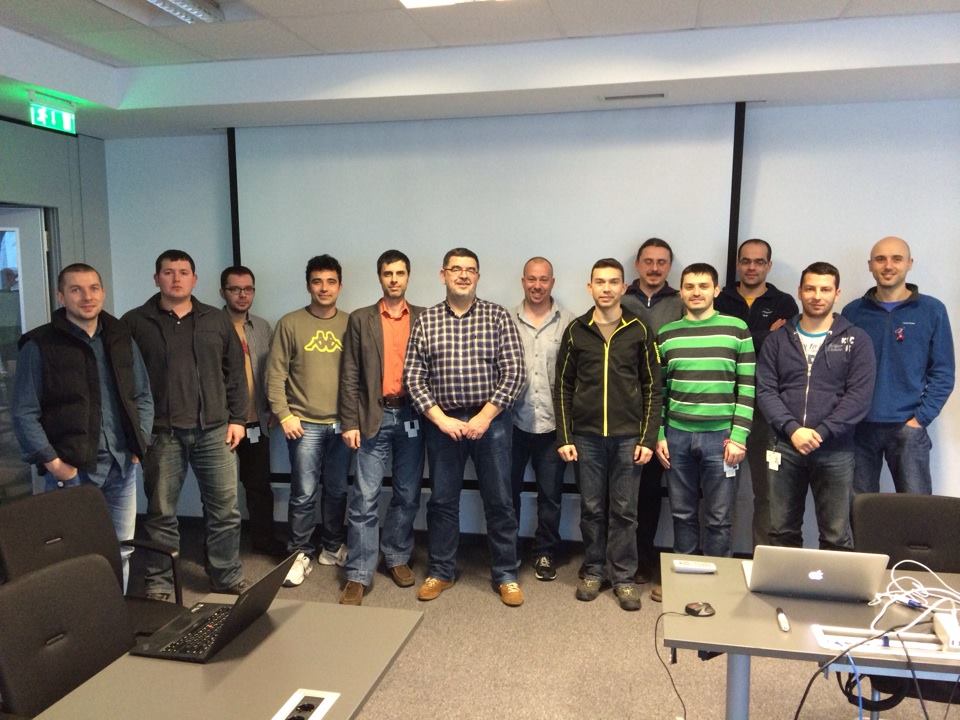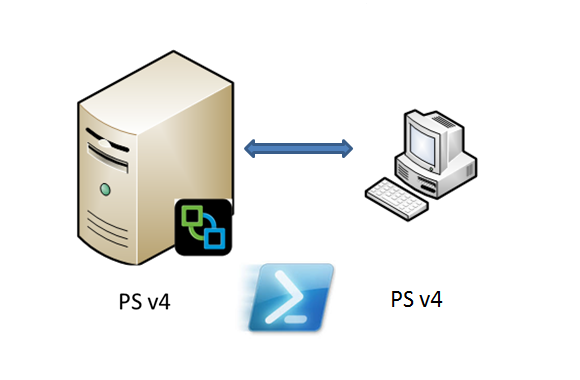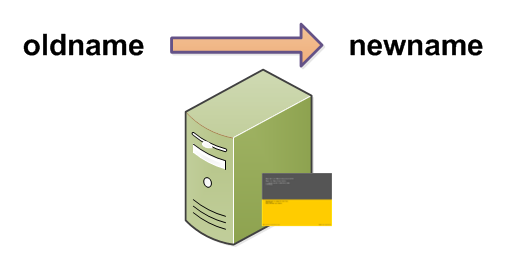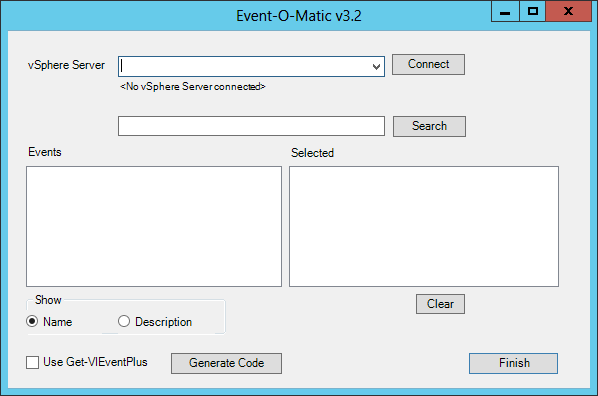With all the fuss going round about the latest Linux vulnerability you will probably get a request from your local Security Officer to produce a report which of your Linux systems are vulnerable to the Shellshock bug. And, seen there are already several known exploits, who can blame him for asking such a report.
Since a lot of these Linux boxes are running under vSphere, we can use PowerCLI to produce such a report. The Invoke-VMScript cmdlet is the vehicle I use in the following function. With the Invoke-VMScript cmdlet it is very easy to execute, what is considered the best test to check for the vulnerability.
Update2 September 29 2014: the 2nd test from the Shellshocker gives a syntax error. The test is replaced by the one found on Michael Boelen‘s website in How to protect yourself against Shellshock Bash vulnerability. Big thanks to Wil van Antwerpen for the pointer.
Update1 September 29 2014: the function was updated to include tests for most of the known Shellshock vulnerabilities. The tests were collected from the Shellshocker site.
Continue reading PowerCLI and the Linux Shellshock vulnerability


